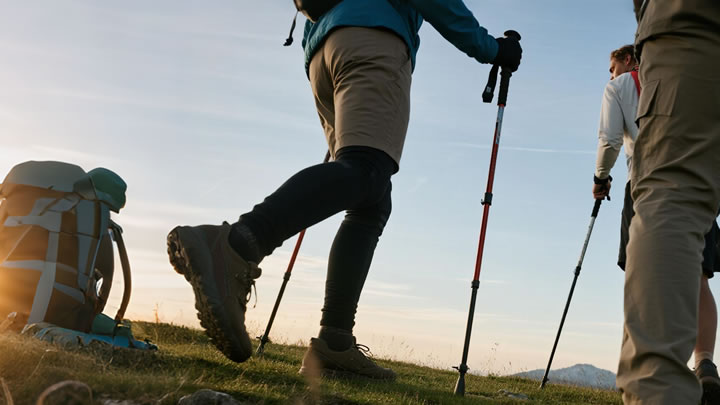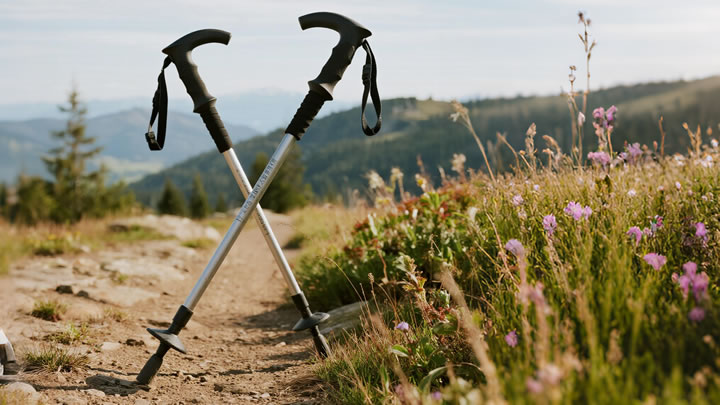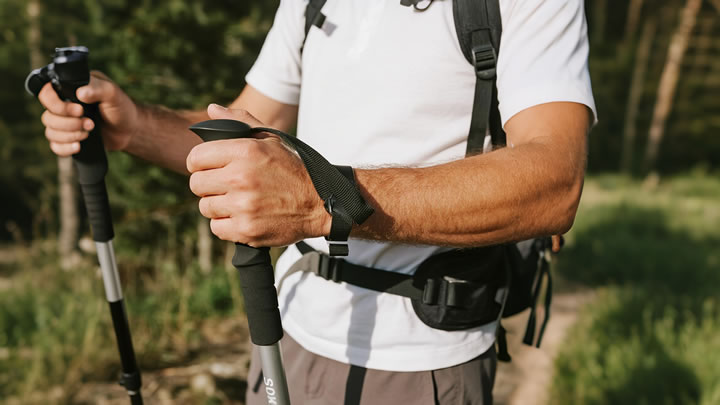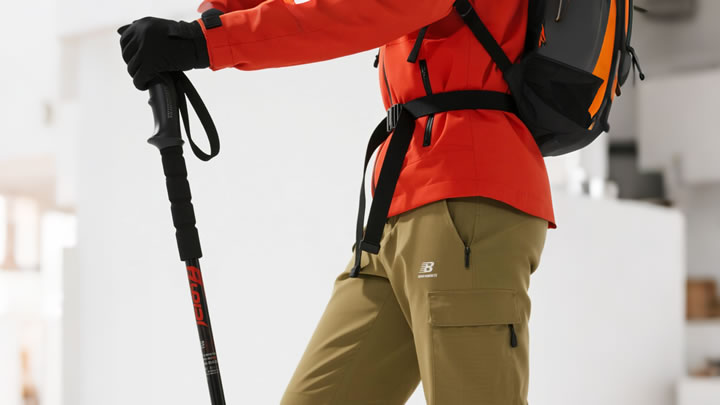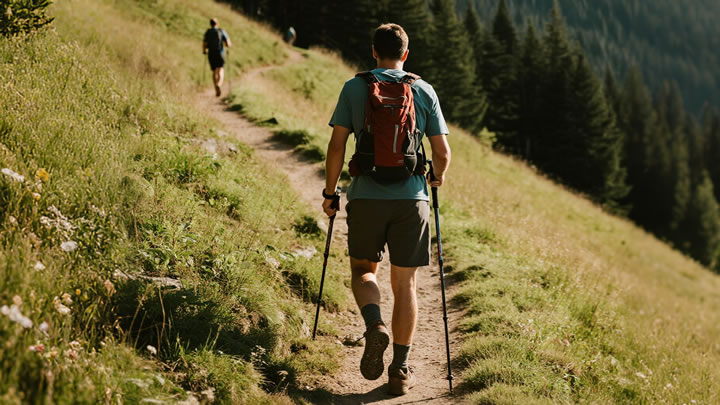How to stay warm in a camping hammock? Insulation tips
Stop shivering at 3 AM! Mastering hammock insulation is the difference between a magical night under the stars and a miserable battle against the cold. Unlike tents, hammocks expose you to airflow on all sides, making strategic warmth retention essential. Here’s your scientific yet practical guide:
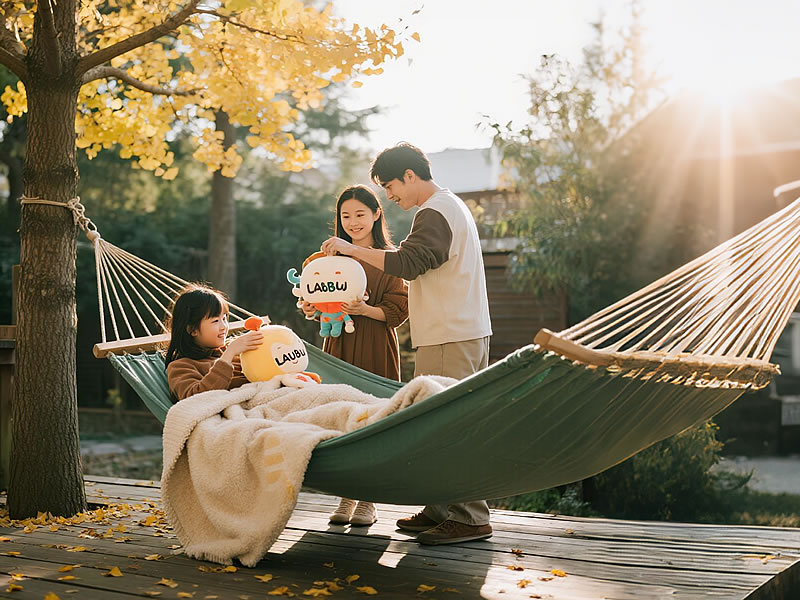
❄️ Why You Get Cold (The Physics!)
- Convection: Wind steals heat 25x faster than still air.
- Conduction: Your body compresses insulation underneath, creating "cold spots."
- Radiation: Body heat escapes upward into open air.⚠️ Myth Buster: Your sleeping bag’s loft is CRUSHED beneath you – offering near-zero bottom insulation!
🔥 The Insulation Trinity: Non-Negotiables
1. Underquilt (The Game-Changer)
- Why: Suspends BELOW your hammock, preserving loft and trapping rising warm air.
- Choosing:Temperature Rating: Get one rated 10°F COLDER than expected lows.Fit: Must match hammock length (full vs ¾). Gaps = cold drafts!Type: Down (lighter, packable) or Synthetic (damp-resilient).
- Pro Tip: Hang snug but not tight – should barely touch hammock when empty.
2. Top Insulation: Sleeping Bag vs. Topquilt
- Topquilts (Recommended):Open-backed design eliminates compressed, useless insulation under you. Lighter and more flexible.
- Sleeping Bags:Use only if unzipped like a quilt. Ensure hood fits around your head.
- Rating Matters: Always choose 10-15°F lower than forecast.
3. Sleeping Pad (Budget/Backup Option)
- Use Case: No underquilt? Closed-cell foam (CCF) or insulated inflatable pads add crucial ground-like barrier.
- Hacks:Use reflectix under a CCF pad for radiant heat bounce.Insert pad INSIDE your sleeping bag liner to prevent sliding.Angle pad diagonally to match hammock lay.
🌧️ Environmental Defense: Block Wind & Moisture
- Tarp Setup:Pitch LOW and close to the ground in cold/wind. Use "winter mode" with steep walls.Position ends facing away from prevailing wind.
- Material: Silnylon or Dyneema with sealed seams. Size should extend 12"+ beyond hammock ends.
🧊 Advanced Pro Tips for Sub-Freezing Nights
- Wind Socks/Underquilt Protectors: Add 10-15°F warmth by blocking convective heat loss around your UQ.
- Hot Water Bottle: Fill a Nalgene with boiling water, wrap in cloth, place near core/feet.
- Vapor Barrier Liner (VBL): Prevents sweat moisture from soaking insulation in extreme cold (<20°F).
- Strategic Snacking: Eat high-fat food (nuts, cheese) before bed – metabolism generates heat!
🚫 Critical Mistakes to Avoid
- Wearing Cotton: Holds moisture = hypothermia risk. Use ONLY wool/synthetics.
- Breathing Into Bag: Exhaled moisture freezes insulation. Wear a balaclava.
- Ignoring Gap Control: Check underquilt-to-hammock seal and top insulation neck baffle.
Why This Works: You create a warm microclimate by blocking convection (tarp), eliminating conduction (underquilt/pad), and trapping radiation (top insulation).
Final Thought
Investing in proper hammock insulation transforms cold-weather camping from sufferable to sublime. Prioritize the underquilt first, master your tarp pitch, and always respect temperature ratings. With these tips, you’ll sleep warmer than most tent campers – swaying comfortably in your suspended cocoon.
Stay warm, stay adventurous! ❄️→🔥

